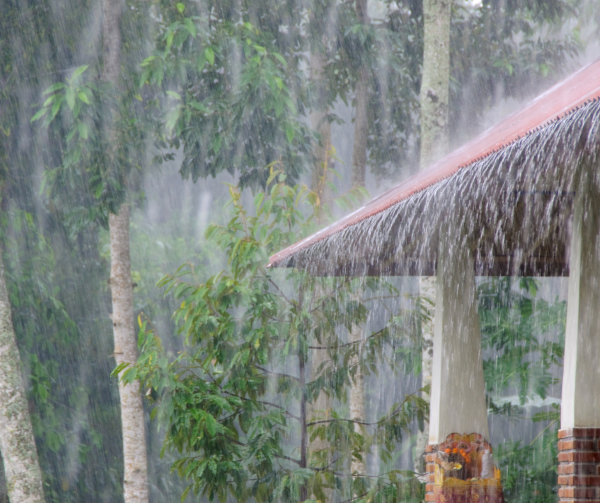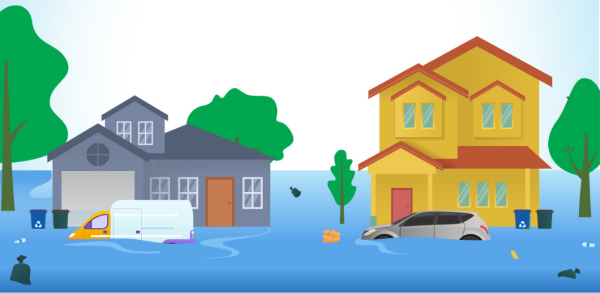When It Rains, It Pours… Pollution?
At Firefly, we usually talk about shining a light on great causes, and sometimes the work takes us beneath the surface – literally.
This month the topic is stormwater. Did you just roll your eyes and start scrolling away from this column? Please don’t! It’s actually an important issue and Firefly is in the midst of helping support environmental and water quality projects in the region. Initiatives that will shape how the Treasure Coast tackles flooding and the challenges of sea level rise. With Stormwater Awareness Week coming up later this month, it’s the perfect moment to bring attention to something that usually flows unnoticed right under our feet!
What’s Stormwater, Anyway - and Why Should You Care?

Stormwater is simply rainwater that runs off rooftops, driveways, lawns, and streets—often picking up dirt, oil, fertilizer, trash, and other junk along the way. Instead of soaking into the ground, it hurries into storm drains and straight into lakes, rivers, and oceans without being treated. That makes stormwater the top source of water pollution in the U.S.
Too much stormwater can also mean flooded streets, eroded waterways, and damage to wildlife habitats and even city budgets. Smart stormwater management helps communities stay cleaner, safer, and more flood-resilient.
Stormwater Awareness Week: A “Dry” Topic Made Simple
From September 22 to 25, it’s Stormwater Awareness Week - a time when engineers and planners gather for online sessions to talk stormwater. Their official conference is packed with important details, but let’s be honest: all that technical talk can be, well… a little dry. Here’s the gist in plain English.
What You Can Do – Yes, You!
Here are simple things you can do right at home to manage stormwater and keep our local waters clean:
- Plant a rain garden — A shallow, planted area that captures rainwater and lets it soak into the ground naturally instead of rushing into drains.
- Use permeable paving — Driveways and patios don’t have to be concrete water slides. Consider replacing them with surfaces that let rain seep through.
- Build a bioswale — Think of it as a landscaped ditch; it slows down runoff and filters out trash and pollutants.
- Disconnect a downspout — Redirect roof runoff into your yard or garden instead of straight into the street.
- Keep it clean — Scoop pet waste, go easy on fertilizers, and never dump anything down a storm drain.
Every Raindrop Counts

These steps aren’t just good for the environment - they’re good for you. They help prevent flooding in your yard, keep neighborhood streets drier, and protect the rivers, lagoons, and wildlife that make our community special.
When it comes to stormwater, every household plays a role. Together, we can turn rainy days into cleaner, healthier tomorrows.
Want to learn more? St. Lucie County is hosting public meetings this fall to share new stormwater and resilience plans. Keep an eye out for dates and join the conversation here > https://www.stlucieco.gov/departments-and-services/st-lucie-county-stormwater-management-plan
Stacy Weller Ranieri's opinions are her own and may not reflect Friends & Neighbors viewpoint.

